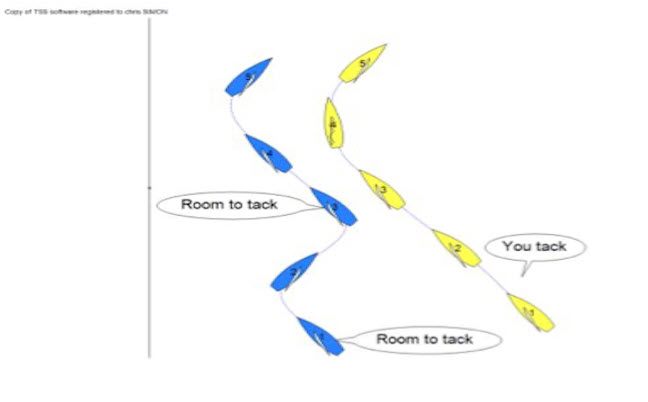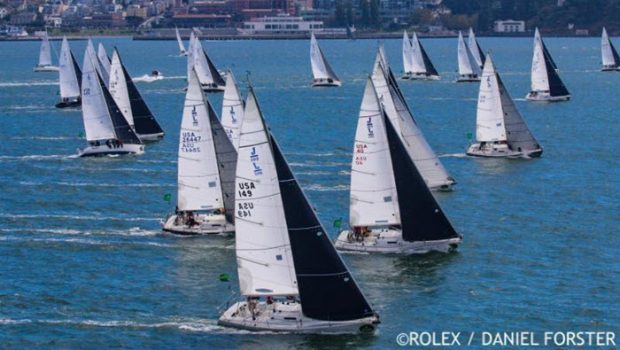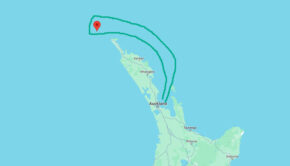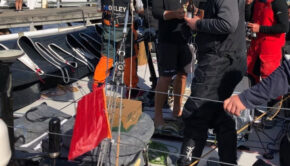Rules Guru: Avoiding an obstruction
Published on April 22nd, 2020
The Royal Yachting Association provides guidance from rules guru Chris Simon on the topic of obstructions…
In my previous report, we looked at the general rule about room to pass obstructions (Rule 19). Now we will consider the more specialized rule dealing with the situation when a boat will have to tack to avoid an obstruction (Rule 20).
This rule applies is cited most frequently in situations where boats are sailing towards a shore or other fixed object. However, it also applies where two (or more) boats are sailing on a collision course towards a right-of-way boat from which they must both keep clear.
The rule allows a boat to hail another boat on the same tack for room to tack provided that:
• she is approaching an obstruction and will soon need to tack to avoid it safely; and
• she is sailing close-hauled or above;
but she may not hail if the obstruction is also a mark (e.g. an island or a moored boat) and the other boat will pass it without altering course.
When two boats beating to windward (not necessarily overlapped) are approaching an obstruction and the one nearer the obstruction will have to tack to avoid it, she must hail for room to tack – and the rule does not specify any form of words. Rule 20 gives the other boat two possible responses:

Either:
• to immediately tack herself, in which case the other boat must tack as soon as she is able to or
• to reply ‘you tack’ (and it must be those words) and then give the hailing boat room to tack and avoid her. Note that this avoidance obligation stops as soon as the tacking boat completes her tack by reaching a close-hauled course – so she may have to tack back again and hail again (as in World Sailing case 101, diagram above).
The hailed boat must respond in one of these ways; if she thinks that the hail was improper she must still respond and then protest.
If the hailed boat has other boat(s) outside her preventing her from tacking she may hail them for room to tack even if she does not meet the conditions (as above) for hailing.
Finally a bit about passing continuing obstructions (e.g. a river bank). When boats are sailing along a continuing obstruction, a boat clear astern may only become overlapped between a boat ahead and the obstruction if, at the moment that the overlap started, there is room for her to sail all the way through between the boat and the obstruction. If there is such space and she establishes the overlap the, now, outside boat must give her room to pass the obstruction. However, if there was not room for her to sail right through, then she establishes the overlap at her peril because she will not have any rights at all.
If the boats passing the continuing obstruction are on opposite tacks the port v starboard rule applies between them and the obstruction rule does not.
Editor’s bonus question: We had a follow-up question for Chris in which we asked, for two (or more) port tack boats sailing upwind, on a collision course with a starboard tack boat, can the port tack boat nearer the obstruction (ie, starboard tack boat) call for room to tack even if the option of ducking the starboard boat exists?
Here was Chris’ answer: When approaching an obstruction (the starboard-tack boat) the port-tack right-of-way boat has the choice of on which side to pass the obstruction (rule 19.2(a)). If the port tackers are overlapped the choice is with the leeward boat or if not overlapped the choice is with the boat clear ahead. Provided that the right-of-way boat satisfies the conditions in rule 20.1 she may hail for room to tack even though a bear-away option exists. Should she so hail, the give-way boat then has the choice of which of the two response options in rule 20.2 she wants to take.









 We’ll keep your information safe.
We’ll keep your information safe.